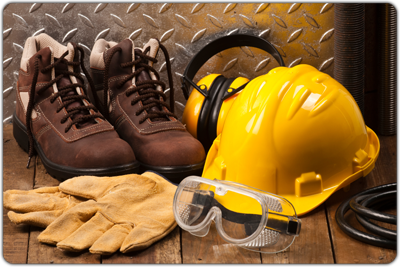Identifying hazards in the workplace
Identifying hazards in the workplace is a part of risk assessment. It is a procedure that should be carried out regularly. In general, the workers should also report any issues that they feel might be a safety hazard. It is for their health and safety and also for their coworkers that they should act with responsibility and should report any existing or potential hazards. A hazard can be, a process, a system, a machinery, a chemical agent or any substance that might be a potential source for injury or harm to the workers and people around. Finding a potential hazard in time reduces risk of accidents, injury and harm to the workers. Assessing and evaluating workplace hazards: There are different methods for identifying workplace hazards as part of risk assessment and reporting. The inspectors first formulate a procedure and step by step plan of action for identifying hazards. Find below few steps to follow and identify workplace hazards. Conduct a thorough inspection of the workplace starting from each process. Understand the work system by: Reading the official work /task manual. Talking to the workers personally. Many times the workers tend to complete the work, but the process is different than the working manual. Talk to the workers, supervisors and listen to what they feel about safety hazards. Try to understand what they think, can be improved with respective to safety? When identifying hazards, try to look for the source for such problems and correct the problem at the source itself. Check out company’s history related to accidents and inspect those process to identify potential safety hazards that may exists. Check for health related problems, complaints or symptoms with workers. Identify what area of workplace these complaints regularly occur. Try to find the causes for such issues. Health Hazards and risks in the workplace: There are mainly 4 types of health hazards found at the workplace. Chemical, Biological, Physical and Psychological. Hazards and its effects depends of the amount of exposure the workers had gone through while working. The toxicity or the harmfulness of the chemical agent and the exposed duration. A common example is asbestos. There are certain side-effects that are caused very quickly and there are some that take some time to show symptoms even might take years. Special care should be taken and proper notices should be circulated to prevent pregnant woman against such hazards.
